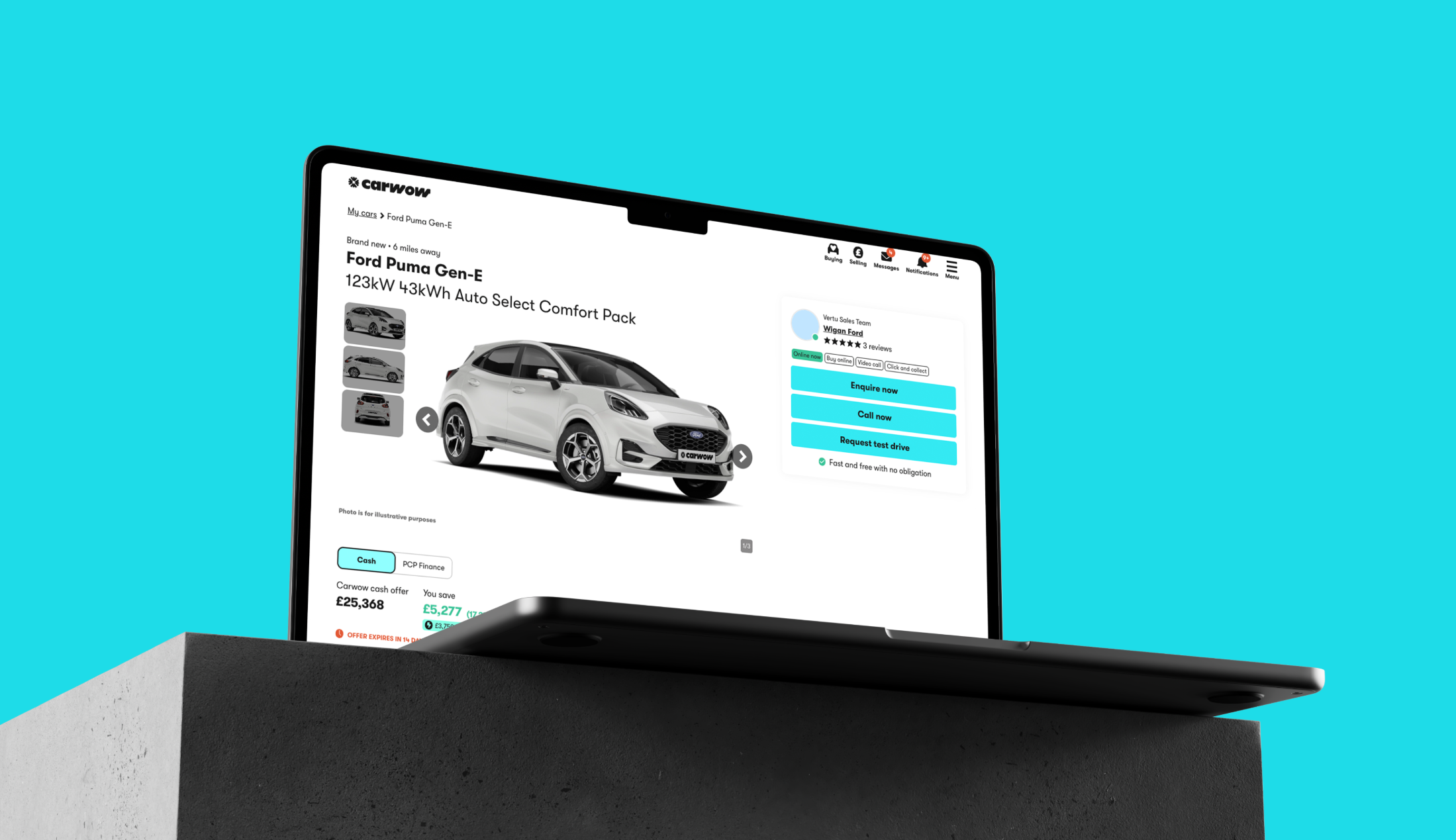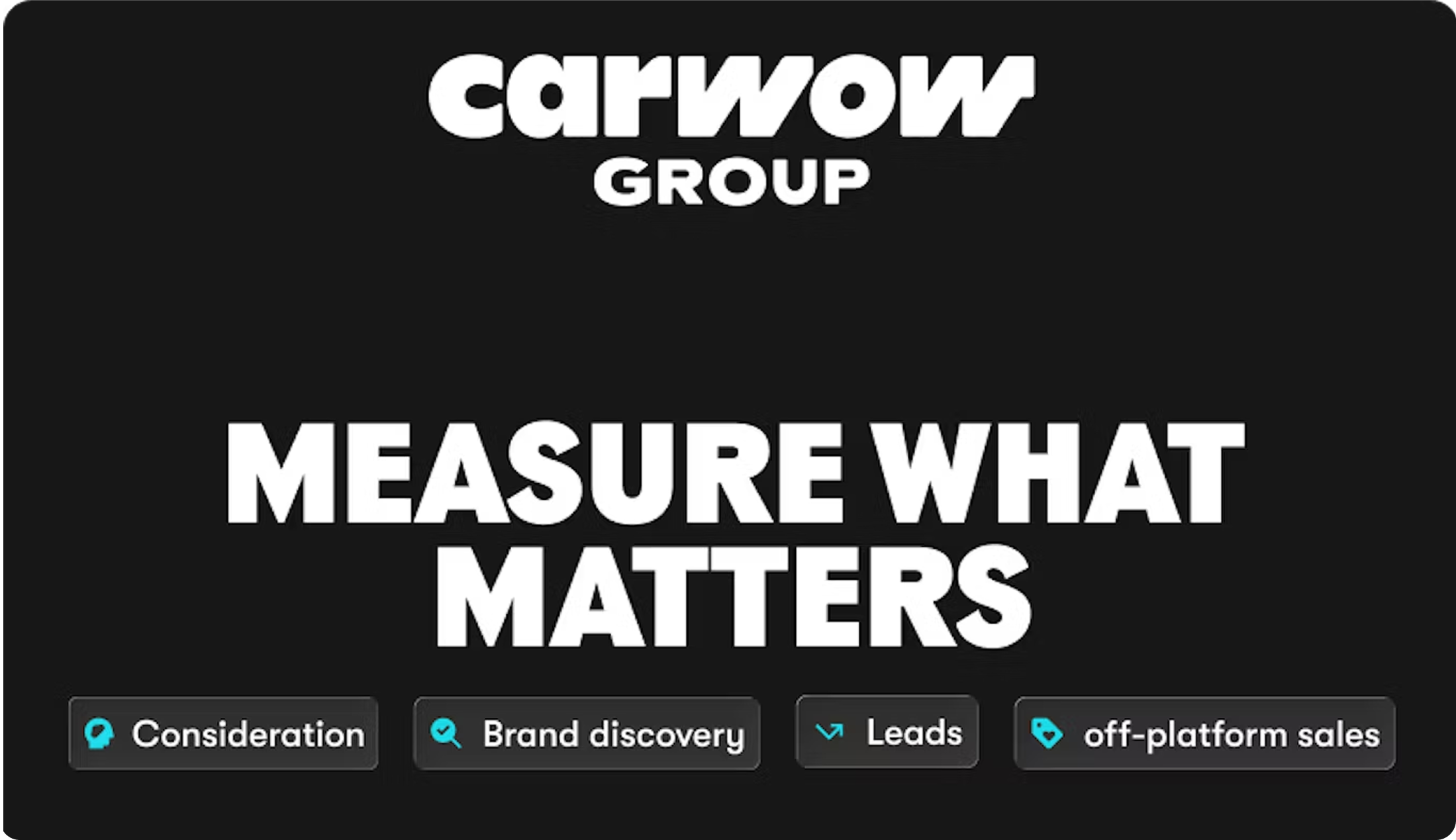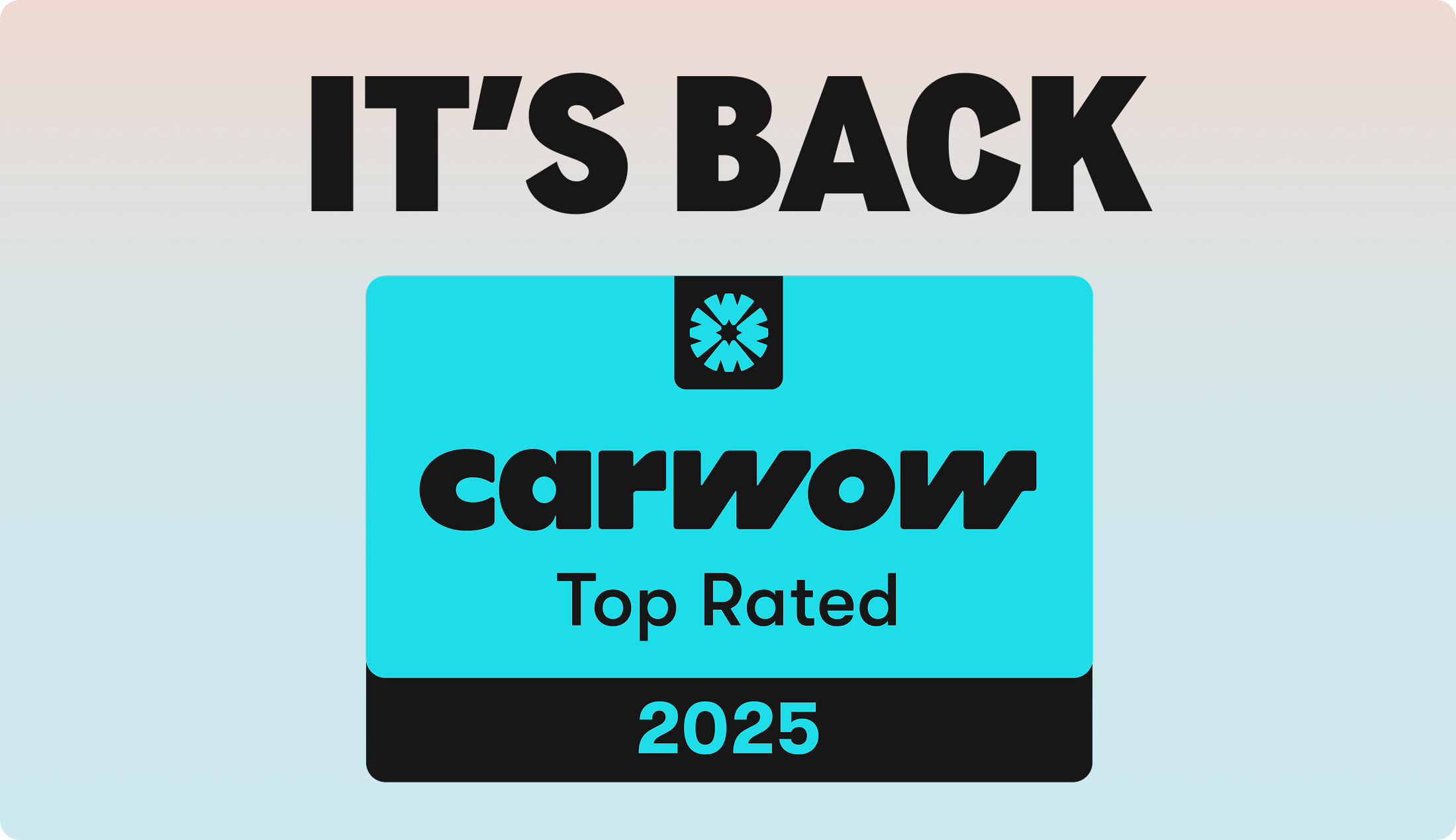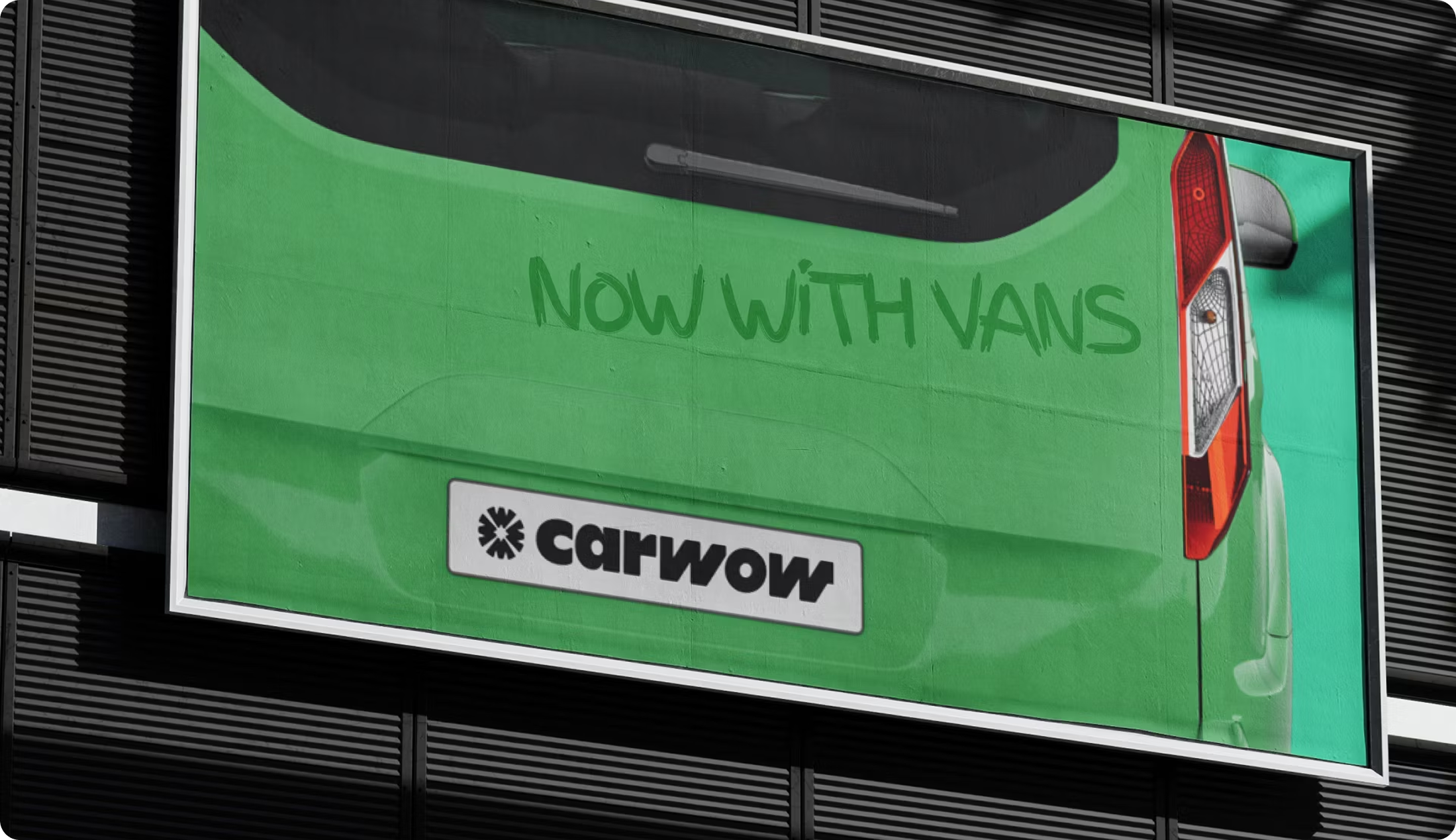Managing part-exchanges under the agency model
February 09, 2024 by John Veichmanis

Much has been said about how the agency model will shape the fortunes of participating retailers, but one area of uncertainty is in the management of part-exchanges. Keen to safeguard profitability from new vehicle transactions, dealer groups operating under the agency model are telling us it’s already influencing how they price and handle part-exchanges.
Brands, regardless of operating model, must now consider how they handle part-exchanges alongside their dealer network while keeping pace with growing consumer demand for more blended omnichannel strategies. Our research indicates that over half (55%) of those who bought a car in 2023 said they interacted with a dealer face-to-face when they researched and compared cars (in person only 18%; both online and in person 37%).
Part-exchange pricing is also under the spotlight because of the continued need to replenish used car stock, the desire to demonstrate affordability to buyers dealing with a cost-of-living crisis, and because residual values remain quite volatile.
Franchise dealers can offset any negative equity from a part-exchange with an additional deposit contribution on the new car. However, under the agency model, dealers potentially lose the ability to construct a deal this way because they become two independent transactions with two different entities.
Most OEMs in the UK offer remarketing capabilities via their existing dealer networks, supporting them with ‘on brand’ finance returns which are fundamental to support strong residual values. Under the agency model, OEMs are now involved in the part-exchange process for ‘off brand’ vehicles, which are usually managed by the dealer supplying the new car in a traditional franchise agreement. Balancing what stock is available with the cars consumers want can prove challenging for dealers, and we’re seeing many franchise dealers buying more used cars from consumers to fulfil demand.
It is, therefore, important that OEMs consider their part-exchange strategy carefully, so the right cars are going to their dealer network, and to ensure ‘off brand’ vehicles, not wanted by the dealer network, are absorbed efficiently and without a big financial loss – all while presenting a strong commercial offer to the consumer.
Dealers will want to ensure they still have access to quality part-exchange stock and expect their OEMs to facilitate this via methods such as making part-exchange stock available to its entire network.
OEMs will need to work closely with franchise groups to help them move stock within their networks and potentially look for new partnerships to help facilitate this - and that’s where Carwow can help. We have the ability to help retailers navigate the complexities of the agency model due to the size and quality of our audience, our investment into technology and the data we provide to help them make informed decisions.
One of the key focus points for Carwow this year is helping OEMs and their dealers better utilise our daily online auctions to optimise retention within the network of ‘on brand’ vehicles. That’s in addition to delivering a seamless consumer journey, providing a consistent supply of quality used cars to dealer partners, and offering a profitable disposal channel for those cars that dealers don’t want.
The birth of the agency model, combined with growing consumer demand for omnichannel retail and the cost-of-living crisis, means the experience, processes and technology that underpin part-exchange are vital to sales.





